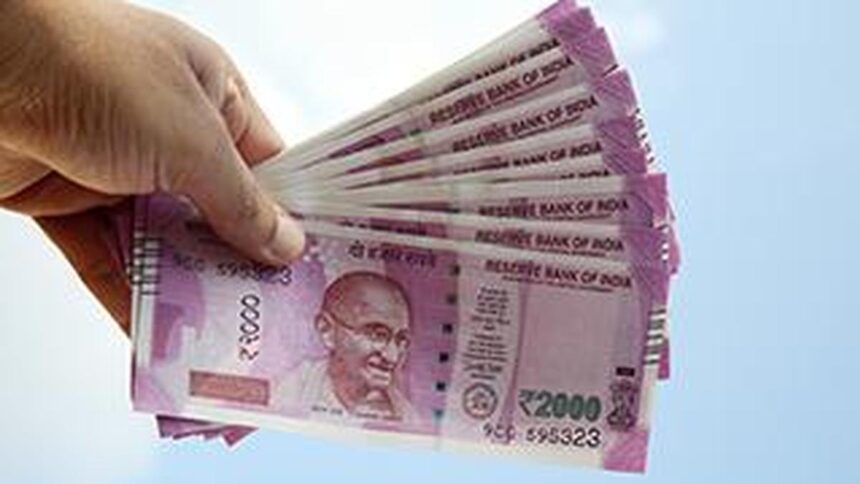The Indian rupee is approaching a new low once again, with the central bank’s recent interventions providing only limited relief for Asia’s weakest-performing currency this year. Ongoing uncertainty over tariffs on Indian exports to the US, coupled with an unclear trajectory for Federal Reserve rate cuts, is putting additional strain on the rupee, which declined for a third consecutive session on Monday, reaching 88.7988 against the dollar.
The currency has struggled to maintain its gains after the Reserve Bank of India (RBI) unexpectedly sold substantial amounts of dollars last month to counter speculation against the rupee. According to sources familiar with the transactions, who spoke on condition of anonymity, the RBI has been selling small quantities of dollars in recent days to prevent the rupee from breaching its record low of 88.8050 per dollar. However, these interventions are relatively minor compared to the significant dollar sales conducted last month.
Despite the RBI’s measures, depreciation pressures on the rupee persist, as noted by Sakshi Gupta, a senior economist at HDFC Bank Ltd. She remarked, “The short dollar story has kind of run its course.”
The rupee managed to stabilize in October following five consecutive months of declines, largely due to the RBI’s actions. To date, the currency has depreciated approximately 3.6% this year, while many other emerging Asian currencies have experienced gains of over 3%.
RBI Governor Sanjay Malhotra has stated that the central bank does not target a specific level or price band for the rupee. Dhiraj Nim, a currency strategist at Australia and New Zealand Banking Group, suggested, “The RBI may not let the 89 level break significantly unless there are other economic fundamentals that start working against India and the rupee.”
More information is available at bloomberg.com.
Published on November 3, 2025.










